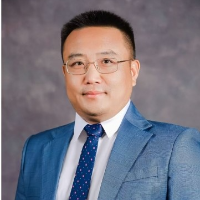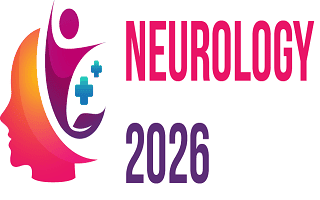4th International Conference on
Neurology & Neurological Disorders
October 15-16, 2026 | Paris, France

Neurology 2026

Chinese Academy of Sciences, China
Title : An imbalance in the “X-type” blood supply could be the underlying cause of Cervical Dystonia
Abstract:
Cervical dystonia (CD) is the most common form of dystonia, characterized by a range of abnormal twisting movements of the neck and head, which can severely impact a patient’s daily life and work. The exact cause of cervical dystonia remains unknown. Diagnosis primarily relies on magnetic resonance imaging (MRI), which includes structural imaging of the head and perfusion imaging. We used the T1WI, Pseudo-Continuous Arterial Spin Labeling (PCASL) and Chemical Exchange Saturation Transfer (CEST) imaging on 11 CD patients. The results have revealed that blood flow to the cerebellum on the affected side is significantly increased, while perfusion in the cerebral cortex on the unaffected side is also enhanced. This results in a distinctive "X" pattern of perfusion changes, with increased blood flow in the brain and cerebellum on one side and reduced perfusion on the other. Additionally, CEST imaging has shown that the metabolism of the neck muscles on the affected side is significantly higher than that on the opposite side. We propose that this blood supply imbalance leads to an uneven metabolic state in the neck muscles, contributing to the development of cervical dystonia. Over time, this imbalance can worsen, resulting in more severe symptoms and greater asymmetry in the muscles on either side of the neck. If this type of cervical dystonia is indeed linked to abnormal blood supply, one potential treatment could involve creating an anastomosis between the posterior circulation vessels of the cerebellar hemisphere—where blood flow is enhanced—and the vessels of the ipsilateral cerebral cortex, which experience lower perfusion. This could help restore a new balance to the asymmetric blood flow. Achieving this balance might significantly alleviate the symptoms of cervical dystonia. Our imaging findings provide valuable support for clinical treatment strategies and offer theoretical backing for surgical approaches to managing this condition.
Biography:
Xubin Chai have finished his Ph.D. in Cognitive Neuroscience at the State Key Laboratory of Brain and Cognitive Sciences, the University of Chinese Academy of Sciences, He is the Member of World Association of Chinese Medical Doctors; Director of the Precision Medicine Research Branch, National Information Administration of Traditional Chinese Medicine; Youth Member of Medical Imaging Engineering and Technology Branch of Chinese Society of Biomedical Engineering; Member of Neurosurgery Society of Chinese Medical Association. Member of the International Society for Magnetic Resonance in Medicine (ISMRM); He have Published over 30 papers in neurosurgery and neurosciences till now.
